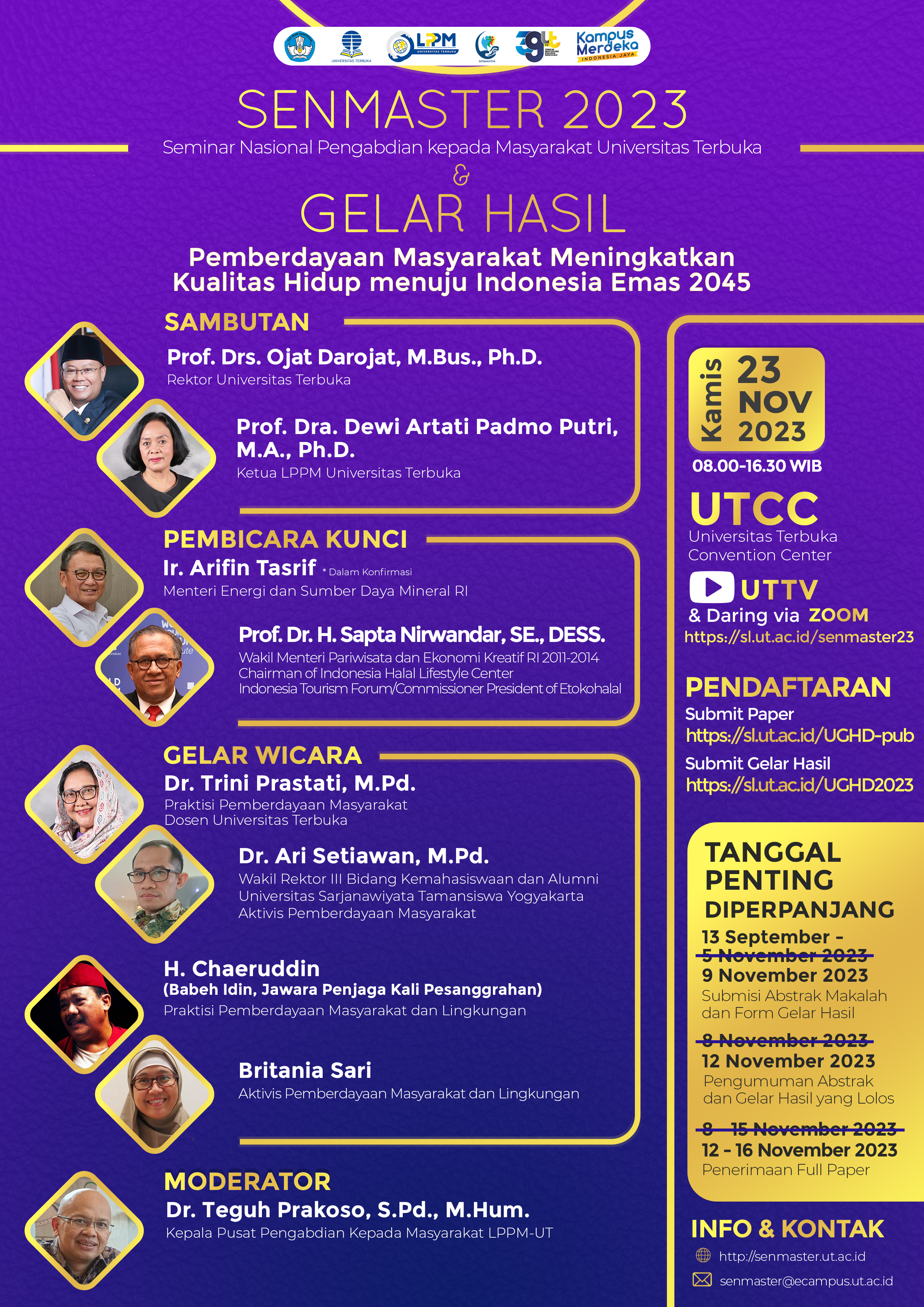Abstract
Ornamental shrimp is an export commodity with a potential market for exotic animal lovers, especially aquatic animals. Tenjolaya District, Bogor Regency, is one of the ornamental shrimp production areas where some people carry out ornamental shrimp farming. The increased demand for ornamental shrimp has resulted in more farmers in Tenjolaya District. However, not all of the ornamental shrimp farming businesses carried out have successfully provided profits. Most ornamental shrimp farmers produce traditionally. Furthermore, the marketing efforts are still considered outdated, so the potential for market sustainability is low. Based on this, the community service activities are focused on mentoring and training regarding the feasibility of agribusiness and the introduction of digital marketing for ornamental shrimp farmers in Tenjolaya District, Bogor Regency. Assistance and training on the feasibility of agribusiness businesses is carried out by helping farmers understand the cost components and benefits of their ornamental shrimp farming business.
Meanwhile, digital marketing training is provided on using Google Trends and Social Media Marketing to improve business sustainability. Assistance and training in calculating business feasibility produce information regarding the cost components and benefits of each business owned by ornamental shrimp farmers. Meanwhile, digital marketing training can open up insight into the marketing of ornamental shrimp farmers' products.
References
Avery, R. J., Bryant, W. K., Mathios, A., Kang, H., & Bell, D. (2006). Electronic course evaluations: Does an online delivery system influence student evaluations? The Journal of Economic Education, 37(1), 21–37. https://doi.org/10.3200/JECE.37.1.21-37 Boysen, G. A. (2015b). Significant interpretation of small mean differences in student evaluations of teaching despite explicit warning to avoid overinterpretation. Scholarship of Teaching and Learning in Psychology, 1(2), 150–162. https://doi.org/10.1037/stl0000017 Dewar, J. M. (2011). Helping stakeholders understand the limitations of SRT data: Are we doing enough? Journal of Faculty Development, 25(3), 40–44. Dommeyer, C. J., Baum, P., & Hanna, R. W. (2002). College students’ attitudes toward methods of collecting teaching evaluations: Inclass versus on-line. Journal of Education for Business, 78(1), 11– 15. https://doi.org/10.1080/08832320209599691 Gilovich, T., Griffin, D., & Kahneman, D. (Eds.). (2002). Heuristics and biases: The psychology of intuitive judgment. Cambridge University Press. https://doi.org/10.1017/CBO9780511808098 Trubus. (2013). Geliat Bisnis Si Kecil Merah Putih. http://www.trubusonline.com. [6 Oktober 2013]. Venette, S., Sellnow, D., & McIntyre, K. (2010). Charting new territory: Assessing the online frontier of student ratings of instruction. Assessment & Evaluation in Higher Education, 35(1), 101–115. https://doi.org/10.1080/02602930802618336 Webb, E. J., Campbell, D. T., Schwartz, R. D., & Sechrest, L. (1966). Unobtrusive measures: Nonreactive research in the social sciences. Rand McNally.

